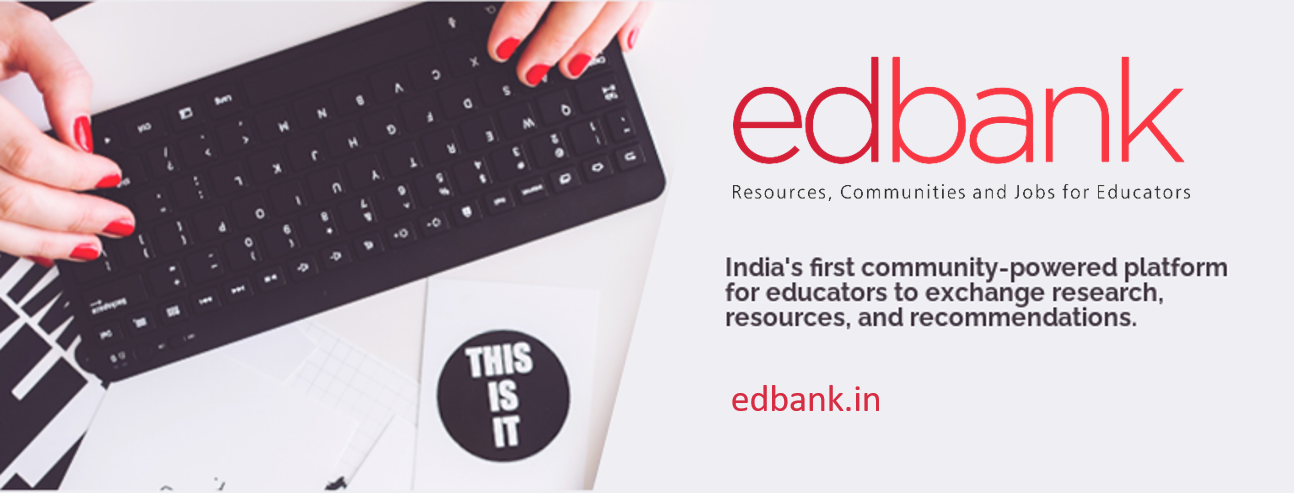Education
US$3 trillion spend on education needed annually by year 2030 : Julia Gillard
“Education is the key to the sort of change we want to see in our planet,” concluded Julia Gillard, “the global education movement is about trying to solve that, and we need to make the case for change.”
Published
7 years agoon
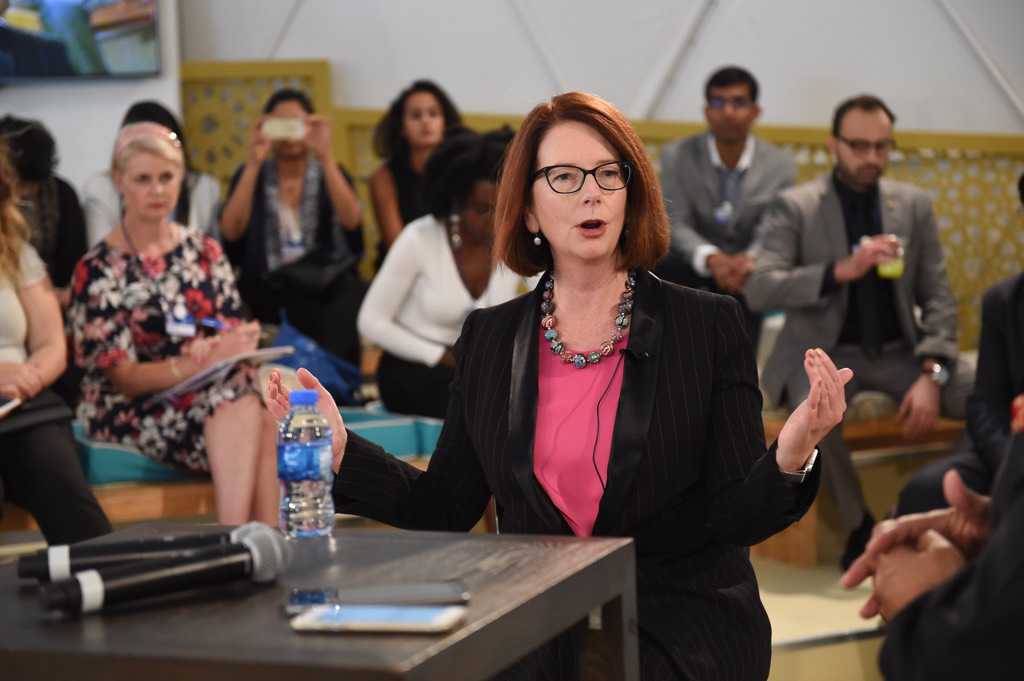
Ensuring every child around the world is in school and educated, is a key priority for The Honorable Julia Gillard, Chair of the Board of Directors of the Global Partnership for Education. Speaking at the fifth Global Education & Skills Forum (GESF) in Dubai, the former Australian prime minister spoke of the importance of solving the education deficit, in terms of both access and funding.
Moderated by Bobby Ghosh, Editor-In-Chief at Hindustan Times, Gillard’s session looked at the global shortage of teachers, access to education and the funding needed to bridge the gap for future generations.
Part of the current issue was attributed to the lack of global emphasis placed on education until recent years, with the importance of providing children with quality schooling only recently being added to the agenda for humanitarian aid, particularly in poorer areas and areas of conflict.
Gillard said: “The problem is huge; at present, there are around 260 million children who don’t have access to primary and secondary school education. We want to see every child in school and every child educated. Looking globally, the world currently spends around 1.3 trillion dollars on school education, but we need to be spending 3 trillion dollars annually by the year 2030.”
A major barrier to progress in global education is the shortage of quality teachers across the globe, in which Gillard stated that the deficit is in the hundreds of thousands of teachers, with the challenge of training teachers being “immense”.
In addressing the issue, Gillard believes there is a strong case to be made for advocacy and the presence of a global movement: “If you look at the world overall, many of the world’s leaders are influenced by global campaigns. We want to make sure that, this year, the global campaign is around education.”
Mothers were also cited as being instrumental in prompting a virtuous cycle of change; by educating mothers, they can experience the full impact that education provides in shaping the future, and use that power as a driver in the fight to ensure that their children go on to be educated.
Throughout the session, emphasis was placed on the importance of global education and ensuring that the message resonates globally through platforms such as GESF. As technology and society shifts, education continues to becoming increasingly important.
“Education is the key to the sort of change we want to see in our planet,” concluded Gillard, “the global education movement is about trying to solve that, and we need to make the case for change.”
You may like
-
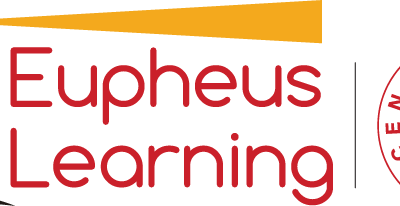

India’s Eupheus Learning Recognised in TIME’s World’s Top EdTech Rising Stars of 2024
-


Kerala Sets National Benchmark with AI Training Programme for 80,000 Teachers
-


Marked by Marks: The Stereotyping of Student Potential
-


Ivy Pressure Unveiled- The Need to Look Beyond the Ivy Gates
-


Ooty Set to Host India’s Premier Liberal Arts Symposium: LASSI 2024
-
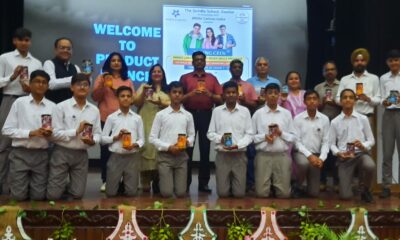

Scindia School Students Launch Start-Ups with White Canvas India’s Young CEO Program
-
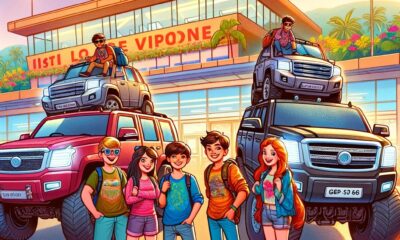

Unsupervised Explorations: Rethinking Student Trips
-


Mapping Green Careers: Guiding Students Towards Sustainable Job Opportunities
-


Pricey Presents, Precocious Pressures: The Cost of Gift-Giving to Children
-
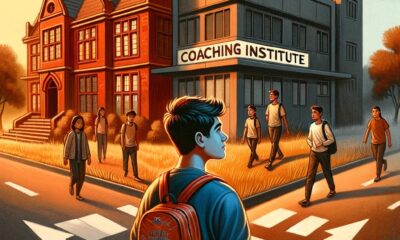

Addressing the Transition From Classrooms to Coaching: The Shifted Focus
Education
India’s Eupheus Learning Recognised in TIME’s World’s Top EdTech Rising Stars of 2024
Published
6 hours agoon
April 25, 2024
New Delhi, India – April 25, 2024 – Eupheus Learning, an Indian school-focused distribution platform, has been featured in TIME’s list of the World’s Top EdTech Rising Stars for 2024. The company, known for its innovative educational solutions, was recognized for its significant revenue growth over the past three years.
Amit Kapoor, Co-founder and CEO of Eupheus Learning, commented on the achievement, saying, “We are honoured to be recognized by TIME and STATISTA as one of the world’s top EdTech rising stars. This acknowledgment reflects our continuous pursuit of excellence and the positive impact our initiatives have had on the education sector.”
Eupheus Learning distinguishes itself in the educational sector by bridging the gap between in-classroom and at-home learning environments. Established in 2017, the company has quickly grown to serve over 10,000 schools across India, reaching one in every four premium private schools nationwide.
The company largely attributes its success to its pedagogically differentiated and technology-driven solutions, designed to meet the changing needs of educators and students. Their approach integrates various learning tools that cater to Kinaesthetic Learning, Reading Enhancement, STEM/STEAM, and English language learning.
Eupheus Learning’s initiatives include conducting Storytelling Sessions for Kids, hosting Olympiads, and organizing Coding Competitions, which have contributed to its strong market presence. The company aims to expand its reach to 10 million children in India through its classroom-first and curriculum-focused approach.
The recognition by TIME and STATISTA underscores Eupheus Learning’s commitment to empowering educators and students with innovative solutions that support lifelong learning and holistic development. This acknowledgment serves as a testament to Indian companies constantly influencing the global education landscape positively.
Education
Kerala Sets National Benchmark with AI Training Programme for 80,000 Teachers
Published
8 hours agoon
April 25, 2024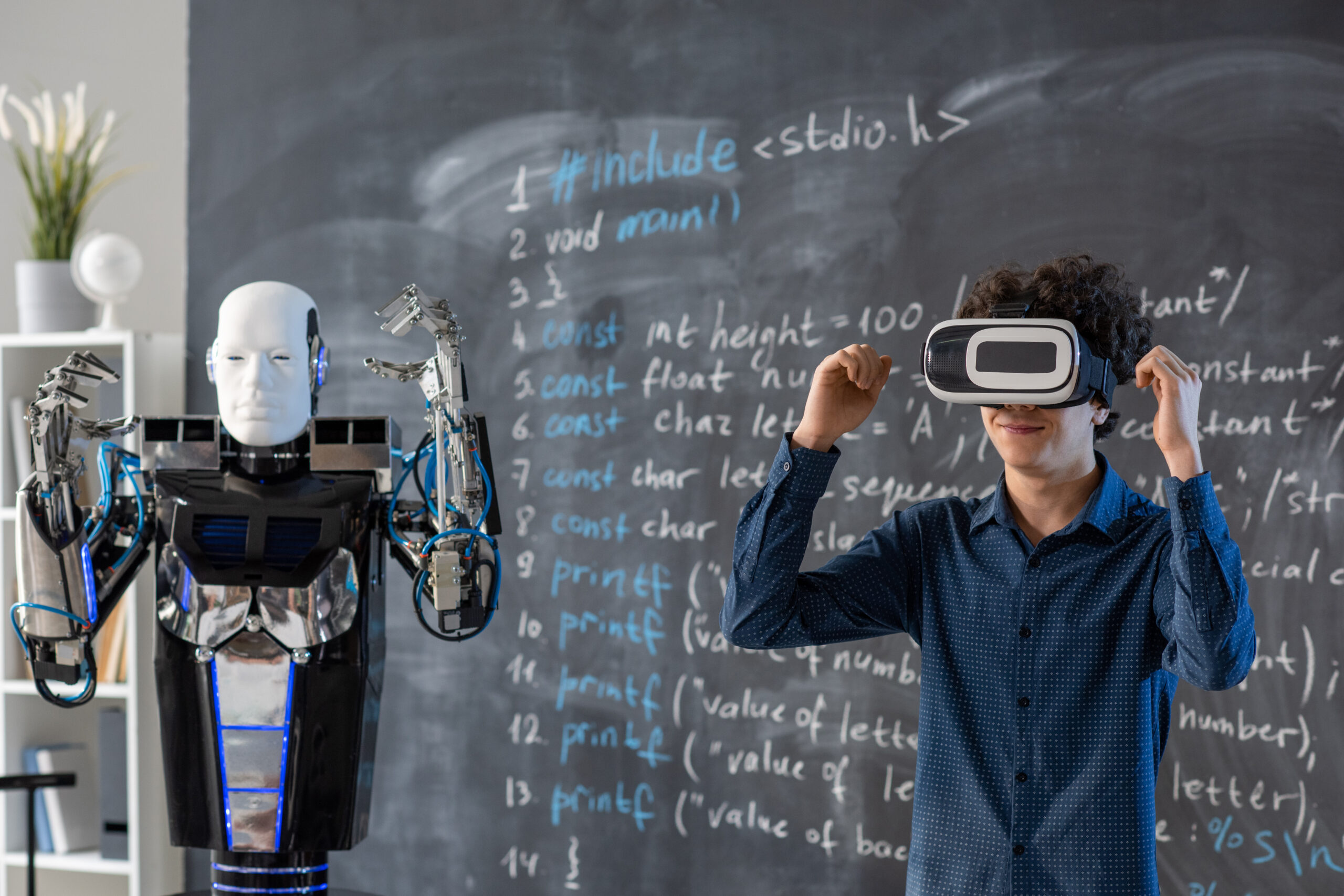
In an unprecedented move to integrate Artificial Intelligence into the educational framework, Kerala is set to launch a comprehensive AI training programme for approximately 80,000 secondary school teachers. Scheduled to begin on May 2, this initiative, spearheaded by the Kerala Infrastructure and Technology for Education (KITE), aims to revolutionise teaching methodologies and learning outcomes across the state.
Empowering Teachers with AI Skills
The three-day training programme is designed to empower teachers from Classes 8 to 12 with essential AI skills, enhancing their pedagogical techniques and ensuring they are adept at utilising advanced technologies in their teaching practices. The focus is on summarisation techniques to simplify complex documents and generate concise summaries from PDFs, images, and videos, ensuring key information is retained and even creating new content using AI tools.
Innovative Training Modules
Further enriching the training curriculum, KITE has incorporated sessions on Prompt Engineering and Machine Learning, which will enable teachers to craft precise prompts that maximize the utility of AI tools. This hands-on approach not only enriches their understanding of AI mechanisms but also allows them to apply these skills practically in educational settings.
Additionally, the programme will introduce AI-driven assessment techniques, providing teachers with new methods for designing diverse question formats and optimizing the assessment process through customisable tables, graphs, and charts.
Master Trainers and Personalised Learning
Under the guidance of 180 Master Trainers who have undergone a comprehensive one-month AI training, the programme is set to deliver high-quality education and support to teachers. According to K Anvar Sadath, Chief Executive Officer of KITE, “This programme not only equips teachers with cutting-edge AI capabilities but also fosters a culture of responsible AI usage.”
The training also aims to personalize learning activities to cater to individual student needs and adapt resources to be inclusive for students with disabilities, ensuring a holistic and equitable educational environment.
Pioneering a Future-Ready Educator Workforce
This bold initiative by Kerala not only promises to transform the educational landscape within the state but also sets a stellar example for other states to follow. The integration of AI into teaching practices is not just a progressive step towards modernizing education but also essential in preparing a future-ready educator workforce.
By investing in such forward-thinking programmes, states can ensure that their educators are not left behind in the rapidly evolving technological world. The benefits of equipping teachers with AI skills extend beyond enhanced educational outcomes; they include fostering an environment of innovation and critical thinking, crucial in nurturing the next generation of thinkers and leaders.
Why Other States Should Follow Suit
The success of Kerala’s initiative could serve as a catalyst for national educational reform. Other states stand to benefit immensely from implementing similar training programmes, which would not only elevate the quality of education but also strengthen the infrastructure of learning by integrating technology and innovation.
As reported by India Today, Kerala’s AI training programme is a pioneering effort in the realm of educational technology in India, setting a benchmark for others to emulate. It underscores the state’s commitment to creating an educational system that is inclusive, innovative, and in tune with the needs of the digital age.
In conclusion, Kerala’s approach provides a scalable model of how technology and education can intersect to create impactful learning experiences. This initiative not only enhances the capabilities of current educators but also ensures that the educational sector can adapt and thrive in an increasingly digital future.
Education
Marked by Marks: The Stereotyping of Student Potential
Published
13 hours agoon
April 25, 2024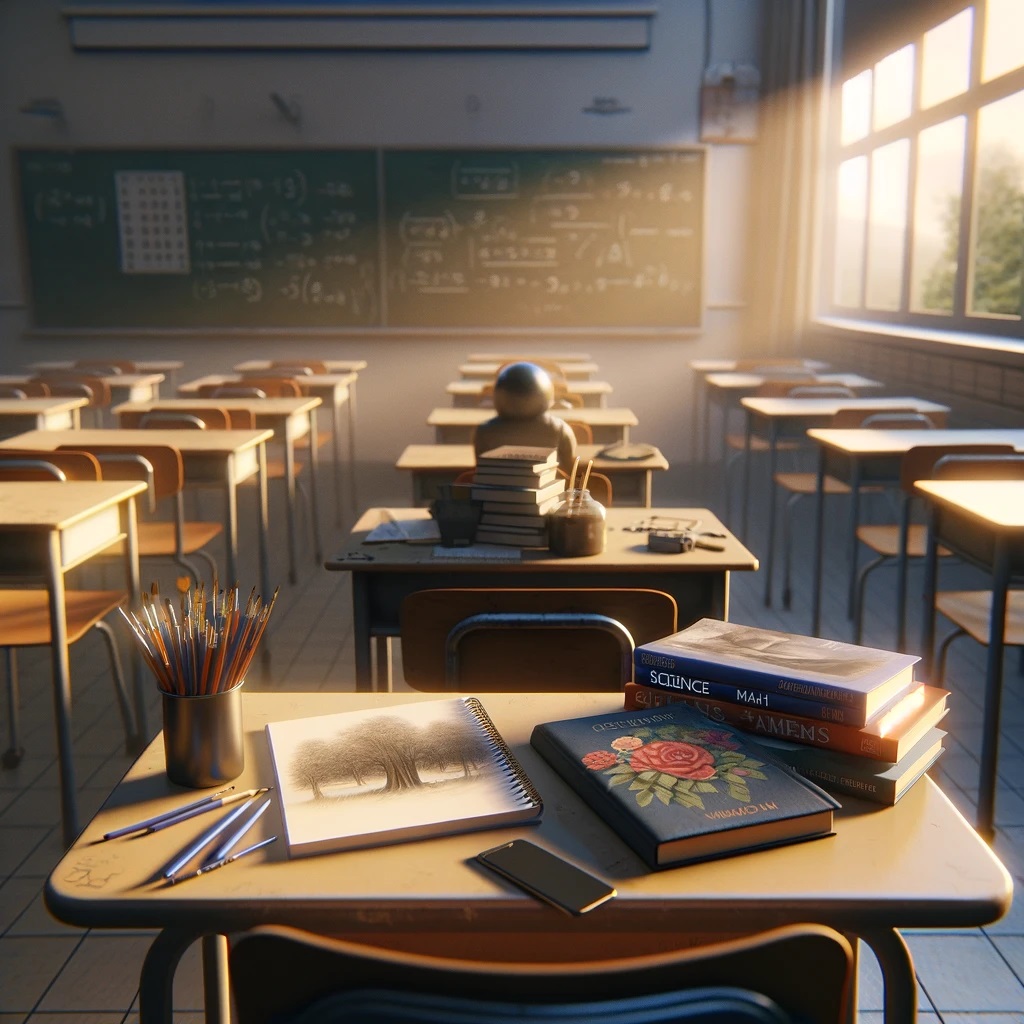
In the corridors of Prestusse Academy, where aspirations soared as high as the academic standards, Riya stood at a critical juncture. With her heart tethered to the humanities, she yearned to explore the vast landscapes of history, literature, and art. Yet, the societal symphony championing the supremacy of science and mathematics orchestrated a different path for her. Under the immense pressure of family expectations and societal norms, Riya found herself capitulating, stepping onto a path that was not her own.
As she enrolled in the science stream, a part of her spirit wilted. The subjects that once ignited curiosity and wonder in her peers seemed to her like insurmountable walls, blocking the view of her true passions. Despite her efforts, Riya’s academic performance, once stellar when fuelled by genuine interest, became painfully average. The accolades and recognition that used to be frequent visitors in her life now passed her by, unaware of her presence.
The transformation was stark. Riya, who could once articulate the beauty of a poem or the intricacies of historical events with unparalleled eloquence, now found herself lost in the labyrinth of equations and scientific theories. Her confidence, which was once anchored in her intellect and creativity, began to erode, leaving her to question not just her academic choices, but her inherent worth.
The decision to forgo her passion for the humanities in favour of a more ‘prestigious’ stream haunted her. Each day in the science class served as a reminder of what she had sacrificed at the altar of societal expectations. The vibrant discussions and debates that characterised humanities classes were now replaced with a silence that weighed heavily on her, a constant echo of her misplaced aspirations.
As the years passed, the repercussions of her decision rippled through her academic career and beyond. The girl who once dreamt of becoming a historian or a literary critic now found herself meandering through life, devoid of direction. Her attempts to reconnect with her passion for the humanities felt like too little, too late. The confidence and zeal that once defined her were replaced with a sense of mediocrity, as she became a jack of all trades, but master of none.
Riya’s story is a sombre reflection on the cost of conforming to societal pressures at the expense of one’s true calling. It begs the question: How many bright futures have been dimmed by the shadow of conformity? How many Riya’s must we witness before we acknowledge that the true measure of success lies not in the stream chosen, but in the passion and perseverance with which one pursues their dreams?
The tale of Riya’s detour from her passion to a path laid out by societal norms ends with a hard-hitting question for every stakeholder in a child’s education: Are we nurturing the seeds of individual talent and passion, or are we imposing our own unfulfilled aspirations and societal biases, thereby stunting the growth of potential luminaries in fields they were never meant to shine in?
Education
Ivy Pressure Unveiled- The Need to Look Beyond the Ivy Gates
Published
2 days agoon
April 24, 2024
In the heart of Prestise Valley School, nestled in a bustling city that prided itself on academic excellence, the story of Shanaya unfolded—a narrative steeped in ambition, aspiration, and the unspoken realities of chasing Ivy League dreams.
Shanaya , with her keen mind and boundless ambition, had always been the emblem of Prestise Valley’s pursuit of academic supremacy. Encouraged by a system that equated success with admission to the world’s most esteemed universities, she became the embodiment of her school’s aspirations. The corridors buzzed with talks of her future, painting her as the next prodigy destined for Ivy League glory.
As the acceptance letter from an illustrious Ivy League college arrived, it was not just a personal victory for Shanaya but a badge of honour for Prestise Valley. Yet, beneath the veneer of celebration, lay an overlooked truth—while Shanaya was prepared to compete for her place among the elites, she was unprepared for the reality that awaited her beyond the hallowed halls of her dream college.
Embarking on her journey with pride and anticipation, Shanaya soon encountered the stark disparity between being academically eligible and being holistically prepared. Surrounded by peers who were not only academically gifted but also equipped with a wealth of practical skills and worldly insights, she felt increasingly out of her depth. The rigorous curriculum, coupled with the expectations to excel in extracurricular arenas, highlighted the gaps in her preparation. Skills that should have been nurtured alongside academic pursuits—critical thinking, adaptability, and emotional resilience—were conspicuously absent.
The realisation dawned upon Shanaya that the race to the Ivy gates had overlooked the essence of true education. Her school’s relentless focus on prestigious admissions had neglected the foundational aspects that would enable her to thrive in such a competitive environment. With a heavy heart, Shanaya made the difficult decision to return home, facing not just the personal disappointment of unfulfilled potential but also the weight of collective expectations.
Her return was met with a silence that spoke volumes, a stark contrast to the fanfare that had heralded her departure. In the quietude of introspection, Shanaya pondered the lessons learned—not from textbooks, but from life. She resolved to chart a new path, one that balanced academic aspirations with the development of a versatile skill set and a resilient spirit.
Shanaya ‘s story, a mirror to countless young minds navigating the pressures of Ivy League aspirations, serves as a poignant reminder of the need for a holistic approach to education. It challenges the prevailing narrative, urging a shift from the singular goal of elite college admissions to fostering well-rounded individuals capable of navigating the complexities of the global stage.
As we explore the stories behind #IvyPressureUnveiled, how might we reconsider the essence of education—not merely as a race to the pinnacle but as a pathway of growth, discovery, and genuine readiness for life beyond the Ivy gates?
To read more on such trends that need to be called out and #un-trended, head to the April issue of our magazine here.
Education
Ooty Set to Host India’s Premier Liberal Arts Symposium: LASSI 2024
Published
2 days agoon
April 23, 2024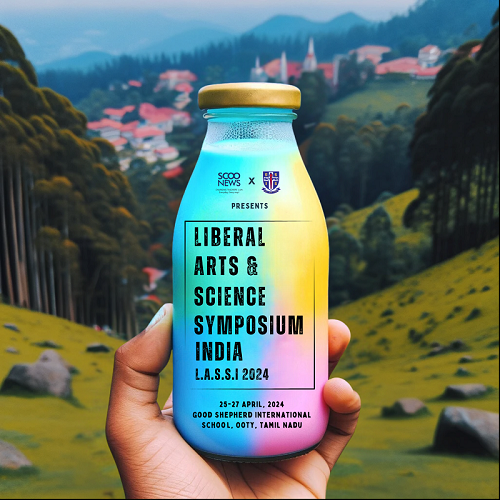
ScooNews, in collaboration with Good Shepherd International School, is set to host Liberal Arts and Science Symposium India (LASSI 2024), a transformative symposium designed to reshape the understanding and application of Liberal Arts and Science education in India. The event, themed ‘Shaping Tomorrow,’ will convene at the serene campus of Good Shepherd International School, nestled in the Nilgiri Hills, and aims to attract educators, students, and industry experts from across the world.
LASSI 2024 is dedicated to exploring the vital role of Liberal Arts and Sciences in developing well-rounded individuals capable of thriving in a dynamic global landscape. The event will provide a comprehensive platform for attendees to delve into the core concepts of Liberal Arts, tackle prevalent challenges, and assess the global perspectives shaping this field of study.
The symposium will feature an array of masterclasses, keynotes, and case studies, each designed to provide deep insights into the integration of Liberal Arts in modern education and its relevance in today’s job market. Participants will gain first-hand knowledge about overcoming barriers to implementing Liberal Arts in the Indian education system and the professional impacts of such an education.
Jacob Thomas, President of Good Shepherd International School, Ooty, expressed his enthusiasm about hosting the event: “GSIS is privileged to host the LASSI conclave, which is more than just an event; it’s a celebration of the enduring essence of education, the beauty of collaborative effort, and our collective quest for knowledge. We invite everyone to embrace this opportunity to learn, share, and engage in groundbreaking explorations of liberal arts and social sciences.”
The event will feature a dynamic series of presentations by a distinguished lineup of speakers. Leading the charge is Professor Sugata Mitra, a globally renowned educationist, who will deliver a session designed to inspire and redefine educational norms. Vardan Kabra, co-founder of Fountainhead School and author of “Reimagining Indian Education,” will discuss innovative educational strategies, and Maheshwar Peri, Founder of Careers360, will explore the variety of Liberal Arts programs in India. Additional speakers include, Naman Kandoi from Mayoor School Jaipur, Shankar Vanavarayar from Kumaraguru Group of Institutions, Chetna Mehrotra from Rangbhumi, Dr. Venka Purushothaman from LASALLE College of the Arts, Singapore, Prof Anil Srinivasan from Krea University, Dr Vijila Keneddy from KCLAS, Radhika Lobo from Vidyashilp University, Rahul Batra from Prakriti School, Reena Gupta from Ashoka University, Nisha Bhakar from Nandha Gokulam Life School, Sandeep Sethi from Maharaja Sawai Man Singh II Museum Trust, Vivek Atray from Shoolini University, and Prof. Saikat Majumdar from Ashoka University.
Additionally, LASSI 2024 will showcase leading Liberal Arts colleges from India and around the world, helping guide prospective students in making informed decisions about their educational futures. Success stories and groundbreaking research findings presented at the symposium will underscore the transformative impact of Liberal Arts education on careers and personal growth.
Set against the backdrop of Good Shepherd International School’s commitment to excellence in academics, sports, and co-curricular activities, LASSI 2024 promises to be a landmark event in the educational calendar. The school’s ethos, encapsulated by its motto “Truth, Trust, and Triumph,” aligns perfectly with the objectives of the symposium, promising a conducive environment for learning and interaction.
As LASSI 2024 prepares to open its doors, ScooNews and Good Shepherd International School invite educators, students, and all stakeholders to join in this enlightening journey. The symposium is poised to not only discuss but also shape the future of education, preparing the next generation for the challenges and opportunities of the 21st century.
Education
Scindia School Students Launch Start-Ups with White Canvas India’s Young CEO Program
Published
2 days agoon
April 23, 2024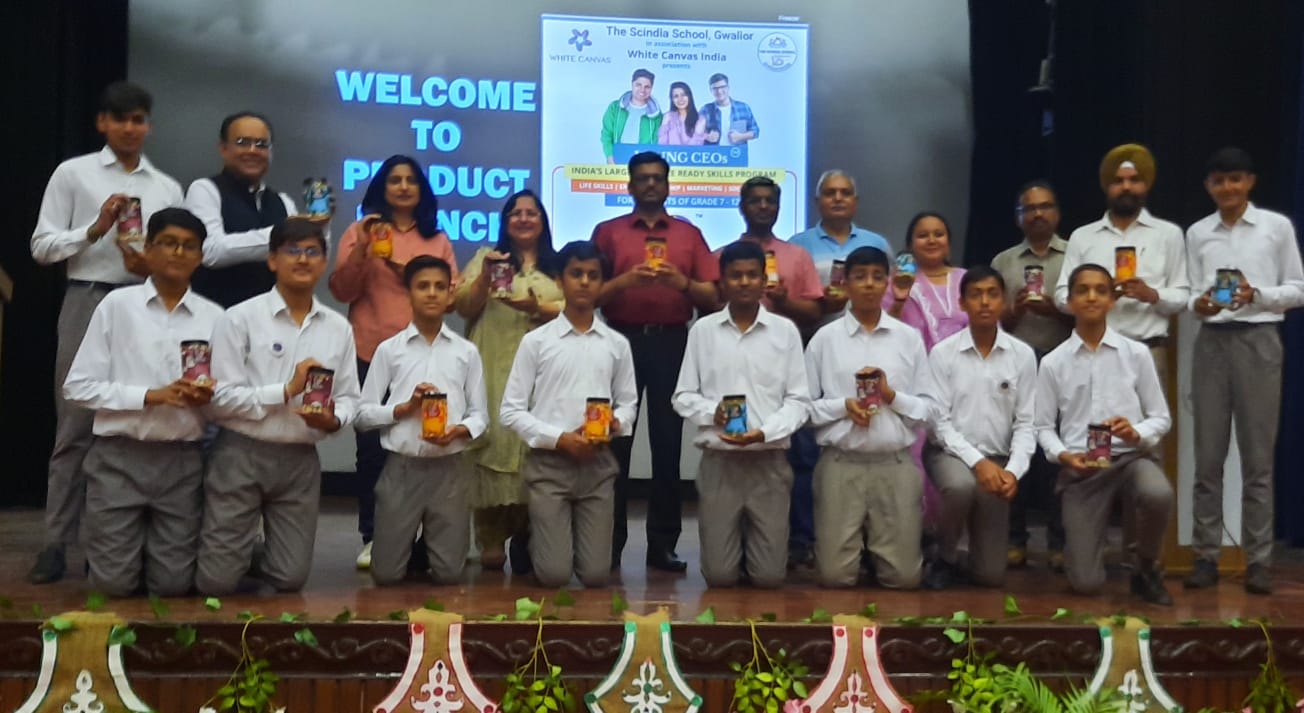
The Scindia School, in collaboration with White Canvas India’s Young CEO Program, has achieved a remarkable feat in fostering young entrepreneurship among its students. Inspired by Prime Minister Narendra Modi’s visit on October 21, 2023, where he encouraged students to “Dream big and Achieve big”, the school has seen the successful launch of three student-led start-ups within 100 working days following the event.
The newly established ventures include E – Siksha Sankalp, India’s pioneering digital literacy initiative that scales socio-entrepreneurial impact. Additionally, the students introduced Popped and Poppin, a novel superfood brand led by teenagers offering flavoured Makhana, and Bam brush, which features a range of sustainable products aligned with the United Nations Sustainable Development Goals.
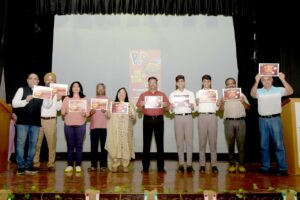
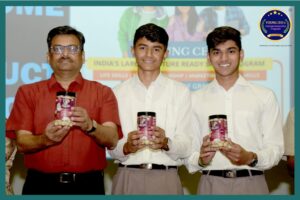
The teenage founders Khush Todi, Arrthham Jalan, Harshvardhan Wadher, Tanush Somani, and Ved Gupta have been deeply involved in every facet of their businesses. From conducting need analysis and crafting professional business plans to negotiating with vendors and marketing their products, these young entrepreneurs have actively demonstrated their capabilities in the real world. Their efforts are supported by the White Canvas India Young CEO Program, India’s first and most extensive entrepreneurial skills initiative for teenagers.
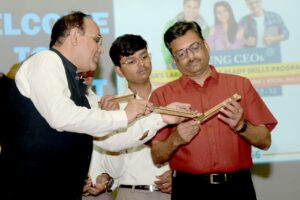
Shri Ajay Singh, Principal of The Scindia School, expressed his satisfaction with the program’s success, noting, “The program has met its outcomes and I am very happy.” Furthermore, Samaresh Shah, Founder of White Canvas India, highlighted the program’s broader mission, stating, “The White Canvas India Young CEO program is committed to making every Scindian a Viksit Bharat Ambassador.”
This initiative is in line with the National Education Policy and supports the vision of the World Economic Forum, Harvard Business Reports, and Forbes Entrepreneurship guidelines. It aims not just to educate but to empower students, equipping them with the necessary skills to thrive as future leaders and innovators.
As these young CEOs continue to develop their enterprises, they not only contribute to their personal growth but also set a precedent for youth entrepreneurship in India, proving that age is just a number when it comes to innovation and leadership.
Education
Unsupervised Explorations: Rethinking Student Trips
Published
3 days agoon
April 23, 2024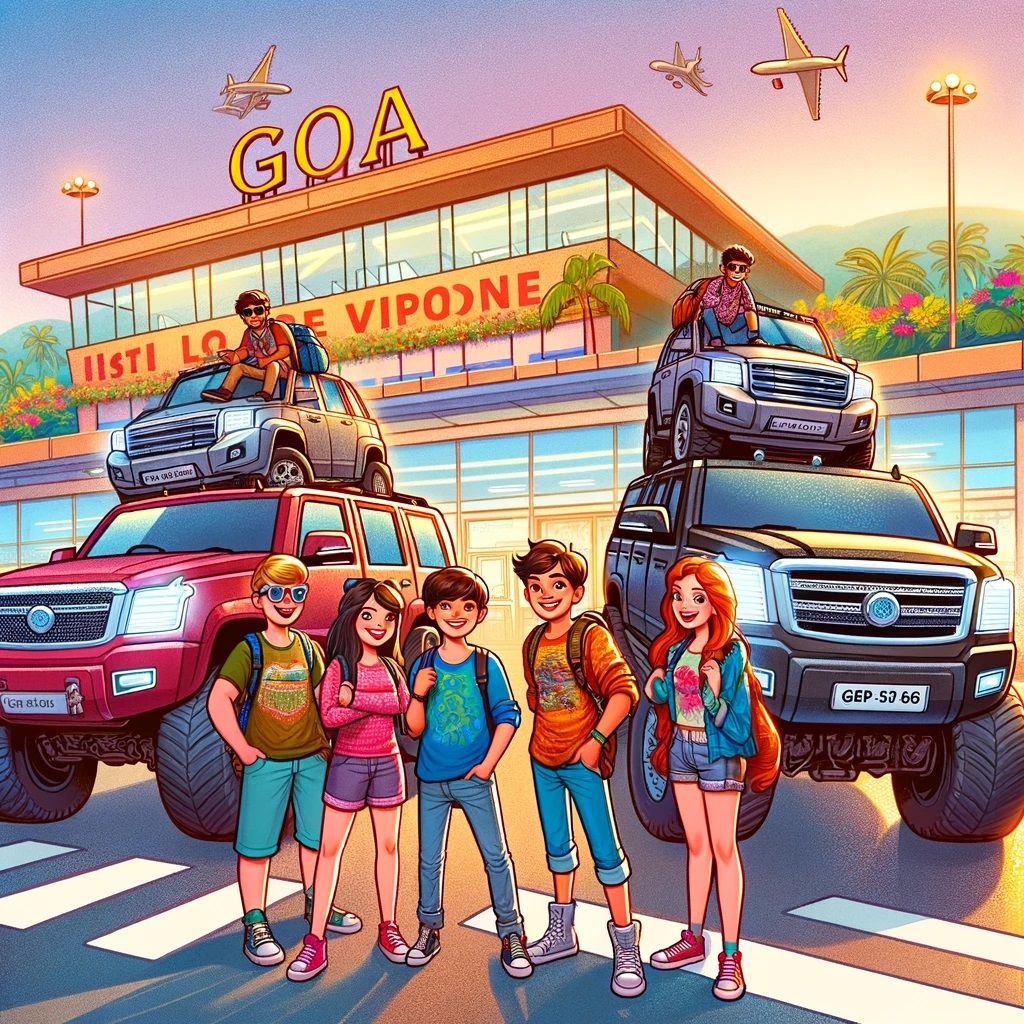
In a tale of youthful exuberance and unforeseen peril, six students from Class 12 embarked on a journey to Goa, a rite of passage celebrated by many as a final hurrah before stepping into adulthood. With permission from their parents, who were perhaps too trusting or caught up in their own lives, the group set out with excitement pulsing through their veins. Upon landing, they were greeted not just by the balmy Goan air but by three massive SUVs, reserved for their adventure—a promise of freedom and the thrill of the open road.
Their accommodation was a sprawling villa, costing a small fortune at 70,000 INR per night, equipped with private pools and luxuriously appointed rooms. It was a palace for kings and queens of the night, a haven for six souls intertwined in the throes of adolescence. Three rooms for three couples, the arrangements were a testament to their intentions, seeking privacy and moments of unchecked passion under the guise of a holiday.
As the days unfolded, the allure of Goa’s vibrant nightlife beckoned. The students, drawn to the magnetic pull of music and dance, found themselves in the heart of the party scene, clubbing into the early hours. It was here, amidst the revelry, that they encountered individuals with sinister motives—drug peddlers who saw not just customers but vulnerable targets in these wide-eyed teenagers.
Swept up in a desire to appear worldly and sophisticated, the group made a decision that would pivot their holiday from a dream to a nightmare. They purchased drugs, a choice made without foresight or understanding of the consequences. Their naivety became their downfall when the police, vigilant and unyielding, caught them in possession of these illegal substances.
The aftermath was swift and severe. The teenagers, underage and unprepared for the legal ramifications, were thrust into the cold reality of juvenile custody. Their parents, irrespective of their affluence, were faced with a situation no amount of money could easily resolve. Frantic and fearful, they did everything within their power to secure their children’s release, confronted with the harsh truth of their offspring’s actions.
This story, inspired by real events, serves as a stark reminder of the dangers lurking behind the facade of freedom and the allure of adulthood. It raises pressing questions about the role of guardianship and parental oversight in the lives of teenagers standing on the precipice of adulthood.
Could this grave misstep have been avoided had there been a local guardian present, a guiding light in unfamiliar territory? Would a more vigilant approach from the parents, a pause to question and understand, have rewritten the story’s conclusion? This incident forces us to confront the reality of our responsibilities towards our youth—not just to grant them freedom but to equip them with the wisdom to navigate it. As we ponder the delicate balance between trust and caution, we must ask ourselves: At what cost does freedom come, and are we doing enough to ensure that the journey into independence does not lead to a fall from grace?
To read more on such trends that need to be called out and #un-trended, head to the April issue of our magazine here.
Education
Mapping Green Careers: Guiding Students Towards Sustainable Job Opportunities
Published
3 days agoon
April 22, 2024
In the wake of escalating environmental concerns and the global push towards sustainability, the demand for green careers is surging. This World Health Day, celebrated on 22 April, 2024, let us understand these careers that not only aim to protect and preserve our planet but also offer promising economic prospects. Indian educational institutions, recognising the burgeoning sector of environmental jobs, are increasingly gearing their curricula and guidance services to help students navigate this new green economy.
Understanding Green Careers
Green careers encompass a broad spectrum of industries and sectors that aim to reduce environmental impact and promote sustainability. From renewable energy and sustainable agriculture to environmental policy and green architecture, the opportunities are vast and varied. These careers are crucial in addressing the challenges posed by climate change, resource depletion, and ecological degradation.
The Role of Schools in Promoting Green Careers
Schools play a pivotal role in shaping the career choices of students. By integrating environmental education and sustainability into their curricula, schools can expose students to the importance and viability of green careers. This can be achieved through several strategic initiatives:
- Curriculum Integration: Incorporating topics on sustainability, environmental science, and eco-friendly technologies within the STEM subjects can provide students with the foundational knowledge necessary for pursuing careers in these fields.
- Career Counselling: Schools can offer specialised counselling sessions that inform students about various green careers. These sessions can include information on the requisite educational paths, potential job markets, and long-term benefits of working in eco-conscious sectors.
- Industry Partnerships: Collaborations with companies and organisations in the sustainability sector can offer students real-world exposure through internships, workshops, and guest lectures. These experiences are invaluable in helping students make informed decisions about their future careers.
- Project-Based Learning: Encouraging students to undertake projects that solve real environmental issues can spark interest in green careers. These projects not only enhance learning but also instil a sense of responsibility towards the environment.
The Indian Job Market Prospects
In India, the renewable energy sector is a significant employer, with the country aiming to reach a renewable energy capacity of 450 GW by 2030. Careers in solar panel installation, wind energy engineering, and sustainability consultancy are on the rise. Moreover, the government’s emphasis on clean technologies and sustainable urban planning is creating numerous opportunities in green architecture and environmental planning.
Global Job Market Trends
Globally, the green job market is expanding rapidly. In Europe, the European Green Deal aims to make the EU’s economy sustainable by turning climate and environmental challenges into opportunities across all policy areas. This initiative is expected to bolster job creation in renewable energy, energy efficiency, and green transportation sectors.
In the United States, the growth of the electric vehicle (EV) industry is driving demand for jobs ranging from high-tech battery manufacturing to network systems management for EV charging stations. Similarly, the push for green buildings is fuelling a need for professionals skilled in green construction and building information modelling.
Preparing Students for the Future
By promoting green careers, schools are not only guiding students towards economically viable job paths but are also preparing them to be active participants in the stewardship of the planet. This dual focus on economic growth and environmental sustainability is essential for building a resilient global economy that can address the pressing challenges of our times.
To summarise, as the world increasingly pivots towards sustainability, the role of education in preparing the next generation for green careers becomes more crucial. Schools that embrace this shift not only contribute to the global demand for environmental stewards but also ensure that their students are ready for the future job market—a market that values both the economy and the environment.
Education
Pricey Presents, Precocious Pressures: The Cost of Gift-Giving to Children
Published
4 days agoon
April 22, 2024
In the intricate fabric of contemporary society, entwined with the threads of status and materialism, the ritual of gift-giving to young children has morphed into a showcase of wealth and social stature. This tale shines a light on the ripple effect of such extravagance through the eyes of Ayaan’s peers, young souls caught in the whirlwind of competition and comparison.
When Ayaan arrives at school with sneakers worth 80k or brandishes the latest iPhone as casually as a textbook, it’s not just a display of wealth; it becomes a benchmark, setting aflame a cycle of envy and desire among his classmates. The children, innocent in their yearnings, unknowingly step onto a treadmill of materialistic pursuit, urging their parents towards the edge of financial prudence in a bid to not fall behind.
The spectacle reaches its zenith when Ayaan, in a display of unparalleled opulence, gifts iPods as return gifts on his birthday. An act, while grand, sends shockwaves through his circle, planting seeds of expectation and entitlement in young hearts. Parents, caught between nurturing happiness and teaching value, find themselves navigating a treacherous path of societal pressure and fiscal responsibility.
As each child in Ayaan’s orbit feels compelled to mirror his lavish lifestyle, the essence of childhood camaraderie is shadowed by the looming spectre of materialism. Friendships, once untainted by the world’s complexities, now bear the weight of economic disparity. The playground becomes a silent witness to conversations not of games and dreams, but of gadgets and brands, a testament to a culture veering away from the innocence of youth.
The impact extends beyond the tangible, chipping away at the pillars of equality and mutual respect. As peers vie to outdo each other in a race fuelled by parental indulgence, the divide widens not just in their possessions but in their perceptions of self-worth and success. The classroom, a microcosm of society, reflects a disturbing trend of measuring one’s value through the lens of ownership and extravagance.
This narrative, while centred on Ayaan and his affluent displays, casts a spotlight on the broader societal implications of such gift-giving practices. It prompts a critical examination of the values we impart to our children and the world we aspire to create for them. As we navigate this maze of materialism and the stories of Ayaan and his peers unfold, they serve as a mirror to our collective conscience, urging us to reconsider the legacy we wish to leave behind. The question that beckons us to reflect is profound: Are we raising a generation that values possessions over people, status over substance?
To read more on such trends that need to be called out and #un-trended, head to the April issue of our magazine here.
Education
Addressing the Transition From Classrooms to Coaching: The Shifted Focus
Published
6 days agoon
April 19, 2024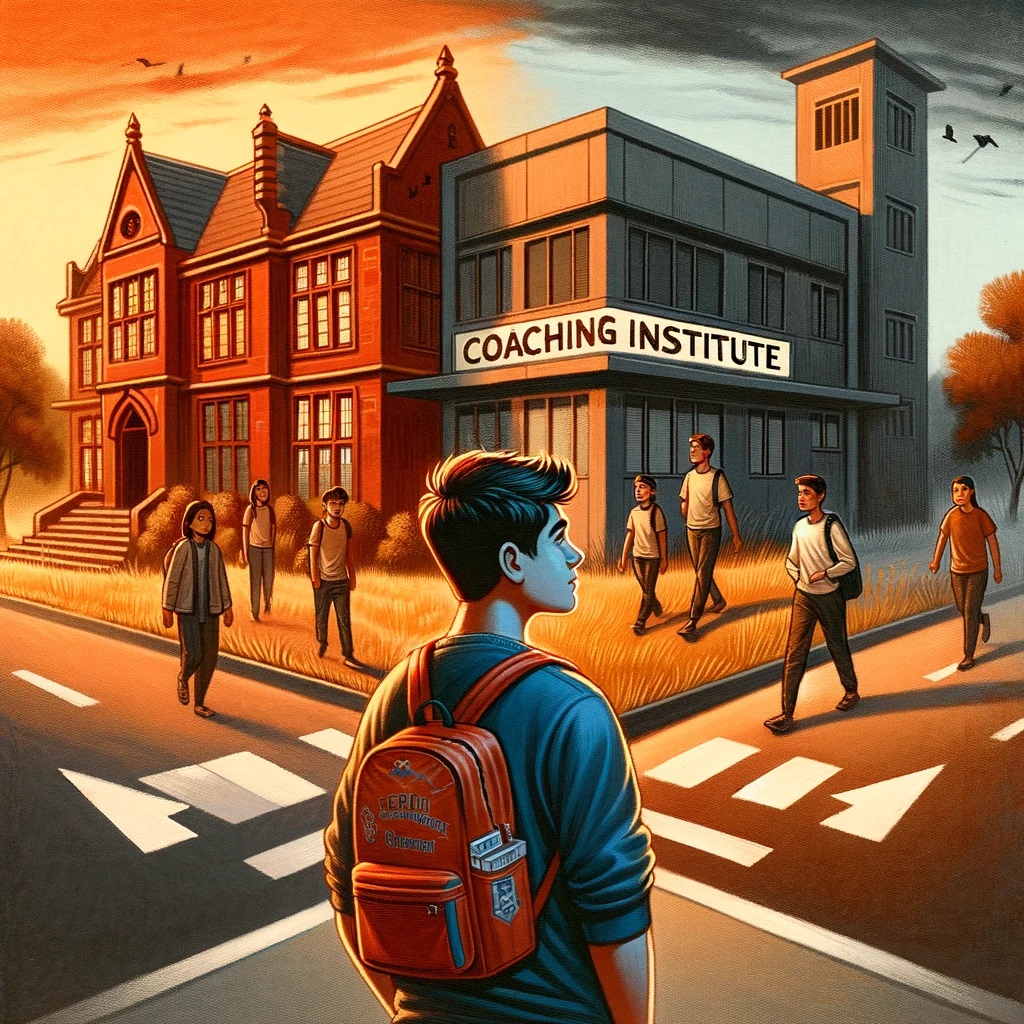
In the bustling academic corridors of Woody High, nestled amidst the verdant suburbs of a thriving city, the story of Vikram, a bright and ambitious student, begins to unfold. Vikram, like many of his peers, found himself at a crossroads as he stepped into the crucial years of 11th standard, caught between the traditional path of school education and the burgeoning trend of dummy admissions.Classrooms to Coaching: The Shifted Focus
The lure of coaching centres, promising a direct route to success in competitive exams, became increasingly irresistible. Vikram watched as one by one, his classmates traded the familiar setting of classrooms for the rigorous regimen of coaching institutes. The promise was simple: a focused preparation tailor-made for cracking entrance exams, seemingly a pragmatic choice in an increasingly competitive world.
However, this exodus from school to coaching centres revealed a deeper malaise within the education system. Schools, once vibrant communities of learning and growth, had slowly morphed into factories churning out board exam results. The holistic development of students, their readiness for the world beyond the gates of Woody High, seemed to have taken a backseat to the singular pursuit of academic scores.
Vikram’s decision to join the coaching bandwagon was met with a mix of hope and apprehension. The initial months were a blur of new concepts, relentless practice sessions, and the constant pressure to outperform. Yet, as the novelty wore off, Vikram found himself yearning for the missed debates in history class, the group projects in science, and the sense of belonging that came with being part of the school community.
The turning point came when Vikram, amidst his packed coaching schedule, volunteered for a community project. The experience was eye-opening, highlighting the gap between the rote learning at coaching centres and the practical knowledge and soft skills required in the real world. It dawned on Vikram that education was not just about clearing exams but about building a foundation for life.
As Woody High grappled with the dwindling numbers of students in its classrooms, it became evident that a change was needed. Schools had to evolve beyond their board-result orientation, integrating curriculum with real-world applications, fostering critical thinking, and preparing students for life’s myriad challenges.
The story, based on real incidents, raises the question that looms large, as we reflect on the narrative of #ClassroomOrCoaching: How can schools reclaim their role as sanctuaries of holistic education, ensuring they remain relevant and valuable in the lives of students like Vikram, not just as conduits to board results but as launchpads for their futures?
In a world where the race to the top often overlooks the essence of learning, can we afford to let coaching centres replace the rich, multifaceted experience of school education?
To read more on such trends that need to be called out and #un-trended, head to the April issue of our magazine here.
Newsletter

India’s Eupheus Learning Recognised in TIME’s World’s Top EdTech Rising Stars of 2024

Kerala Sets National Benchmark with AI Training Programme for 80,000 Teachers

Marked by Marks: The Stereotyping of Student Potential

Ivy Pressure Unveiled- The Need to Look Beyond the Ivy Gates

Ooty Set to Host India’s Premier Liberal Arts Symposium: LASSI 2024

Scindia School Students Launch Start-Ups with White Canvas India’s Young CEO Program

Unsupervised Explorations: Rethinking Student Trips

Mapping Green Careers: Guiding Students Towards Sustainable Job Opportunities

Pricey Presents, Precocious Pressures: The Cost of Gift-Giving to Children

Addressing the Transition From Classrooms to Coaching: The Shifted Focus

Questioning the Trend of Lavish Farewells- #FarewellFiasco

Young Birders’ Workshop Opens Registration for Children Aged 10-13 Years

STEMpedia Successfully Completed Codeavour 5.0- India’s National Innovation Fest

Reviving School Education: Countering the Coaching Centre Dominance
CBSE to Initiate Pilot for National Credit System in Grades 6, 9, and 11

The Role of Marketing in Education: Navigating the New Educational Landscape

From Overwhelmed to Empowered: Strengthening Educator Skills for Success

NCERT Introduces Bridge Month Programme for Class 6 Amid Textbook Transition

Indian Embassy Advocates for India-US Collaboration in Education Sector

Nurturing Healthy Behaviors: The Role of Schools in Shaping Health-Conscious Citizens

CBSE Updates Exam Structure for 11th & 12th Class; Concept-based Questions Now 50% of Weightage

Sharing the spotlight: When parent and child take board exams together

Rebalancing the Scales: The Urgent Call for Humanities in STEM-Dominated Curricula

Palette of Possibilities: Nurturing Creativity in Schools through Modern Art

Empowering Minds: The Journey of My Guide Inside with Christa Campsall

Life of My Father: Dr. Jagdish Gandhi, a Pioneer in Education

Mayo College Announces New Leadership

Post-pandemic: Embracing Well-being in India’s Schools with My Guide Inside

Empowering the Future: The Success of Beti Bachao Beti Padhao in Girls’ Education

Is Students’ Data in Safe Hands in a Digital World?

Central Government Sets New Framework for Coaching Centres

FPSB India and IIM Bangalore Forge Strategic Partnership to Advance Financial Education

Radio Broadcasting in Schools: Creating a Platform for Student Voices

Kerala Introduces ‘Water-Bell’ Initiative in Schools to Boost Hydration

India to recognise Farsi as a classical language under New Education Policy

Farewell to a Pioneer: Dr. Jagdish Gandhi’s Enduring Legacy in Education

Anticipating a Progressive Leap: The Education Sector’s Hopes for Union Budget 2024

Lexicon Schools Spark Innovation with STEAM Fest

The Need to Preserve Newspapers for Bias-Free Education

A Voice for All Ages: The Enduring Legacy of Ameen Sayani in Indian Education

From 2025-26, Indian Students to Get Two Opportunities to Sit for Board Exams

Seth M. R. Jaipuria School launches CBSE School in Bhiwadi, Rajasthan

International Women’s Day 2024: Are We Not Special?

The Rising Leaders’ Summit 2024: A Timeless Learning for Future Educational Leaders

ISRO Launches Young Scientist Programme 2024 for Budding Space Enthusiasts

Teach for India Invites Applications for its 2024 Fellowship Program

Ministry of Women and Child Development Unveils National Curriculum Framework for Early Childhood Care and Education

World Theatre Day: Let Theatre Arts Make Classroom’s Showtime Spectacular!

India Sets 6-Year Minimum Age for Class 1 Admissions Nationwide

CBSE considering Open Book Exams for classes 9-12, to do a pilot run in November
SGEF2023 | Special Address by Rama Datt, Trustee, Maharaja Sawai Man Singh II Trust, Jaipur

ScooNews | After Movie | ScooNews Global Educators Fest 2023

Aftermovie | NIES2 UP Chapter | 21 Jan 2023

WEBINAR | Gamification in Education: How Digital Badges Can Boost Student Motivation and Engagement

ScooNews | WEBINAR| Importance of Physical Activity for Children at School | Plaeto

SCOONEWS | WEBINAR | WHY DIGITIZING YOUR SCHOOL IS A MUST | TEACHMINT

Keynote Address | Lakshyaraj Singh Mewar

Anurag Tripathi, Secretary, CBSE at SGEF2022

How schools can nurture every student’s genius

Aftermovie | SGEF2022 | Jaipur

Li Andersson | Minister of Education | Finland

Anurag Tripathi, Secretary, Central Board of Secondary Education (CBSE) discusses NEP2020
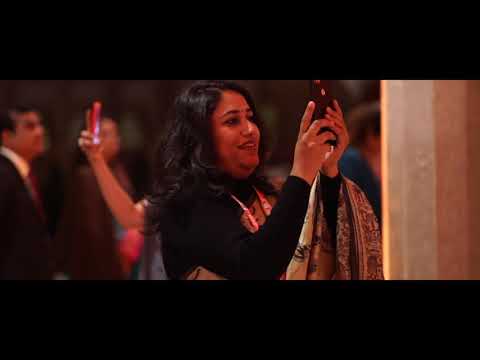
ScooNews | Early Ed Asia 2019 | Aftermovie
#PodarECEconf : Pursuing quality ECE
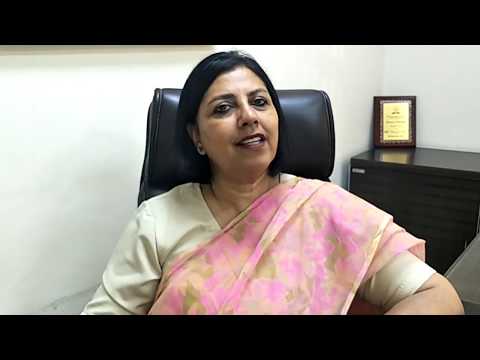
#CBSE Class XII #Results #Highlights
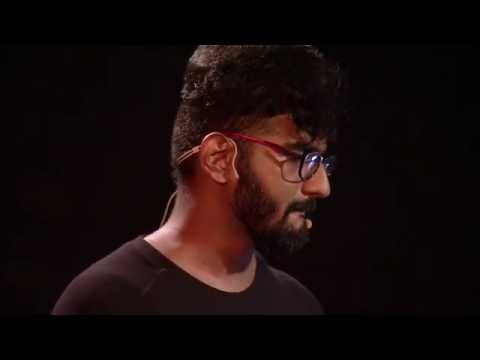
The interesting story of India’s educational system | Adhitya Iyer
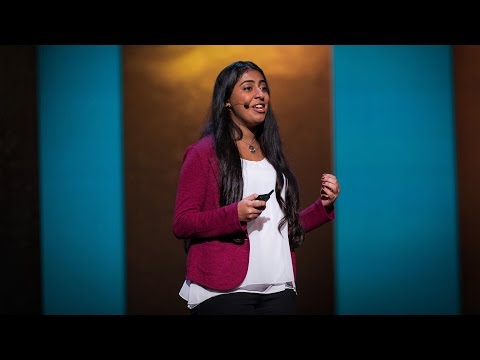
A young scientist’s quest for clean water
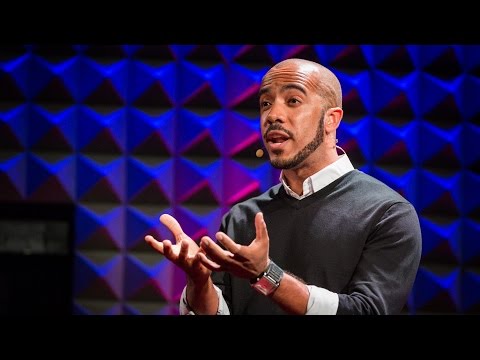
The Danger of Silence: Clint Smith
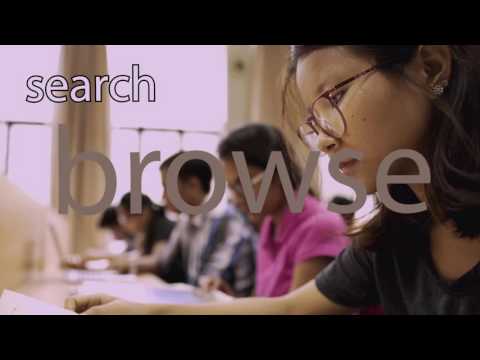
National Digital Library of India is an initiative by HRD Ministry

Remembering Kalpana Chawla on her birthday!

Message from Sadhguru for Students!
Message from Sadhguru for Students!
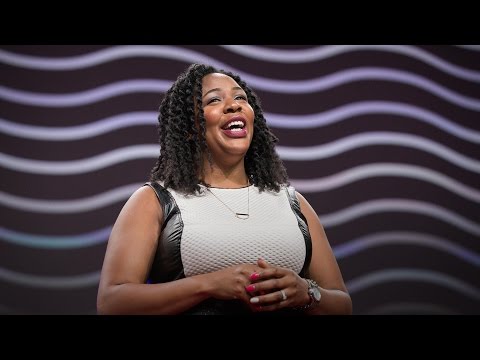
The Untapped Genius That Could Change Science for the Better
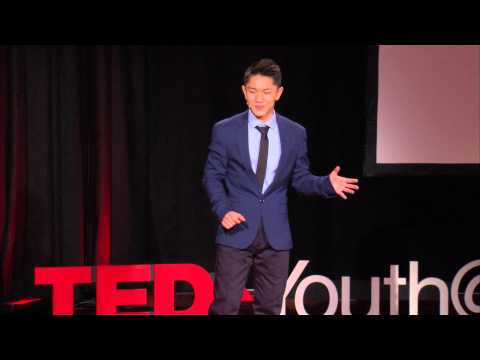
Eddy Zhong: How school makes kids less intelligent TEDxYouth@Beacon
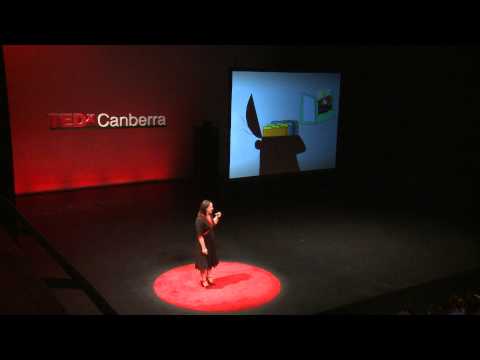
#TEDxCanberra : What if every child had access to music education…
Trending
-
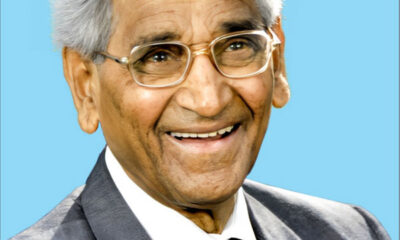
 Inspiration1 month ago
Inspiration1 month agoLife of My Father: Dr. Jagdish Gandhi, a Pioneer in Education
-
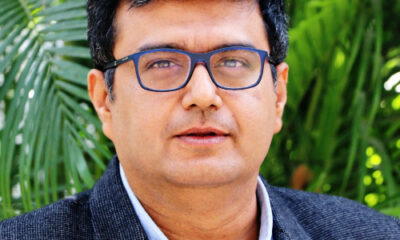
 Education3 months ago
Education3 months agoMayo College Announces New Leadership
-

 Education1 month ago
Education1 month agoPost-pandemic: Embracing Well-being in India’s Schools with My Guide Inside
-
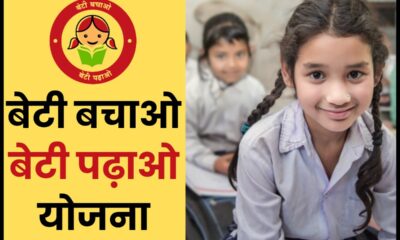
 Education3 months ago
Education3 months agoEmpowering the Future: The Success of Beti Bachao Beti Padhao in Girls’ Education
-
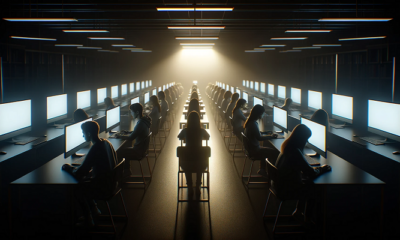
 Knowledge3 months ago
Knowledge3 months agoIs Students’ Data in Safe Hands in a Digital World?
-
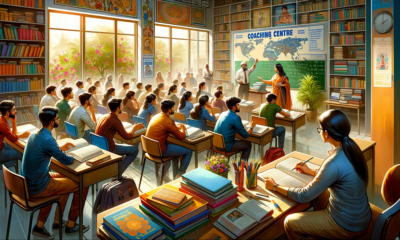
 Education3 months ago
Education3 months agoCentral Government Sets New Framework for Coaching Centres
-
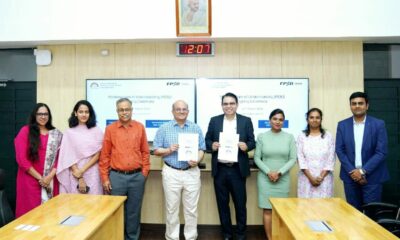
 Education4 weeks ago
Education4 weeks agoFPSB India and IIM Bangalore Forge Strategic Partnership to Advance Financial Education
-
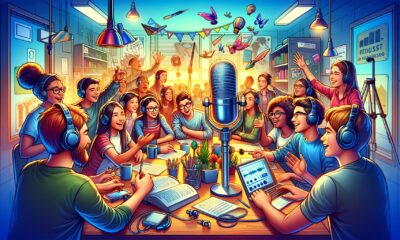
 Education2 months ago
Education2 months agoRadio Broadcasting in Schools: Creating a Platform for Student Voices
-

 Education2 months ago
Education2 months agoKerala Introduces ‘Water-Bell’ Initiative in Schools to Boost Hydration
-
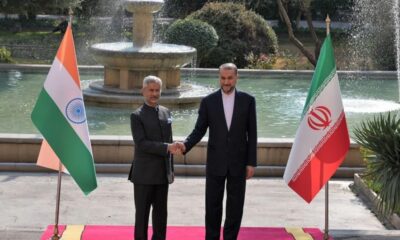
 Education3 months ago
Education3 months agoIndia to recognise Farsi as a classical language under New Education Policy


